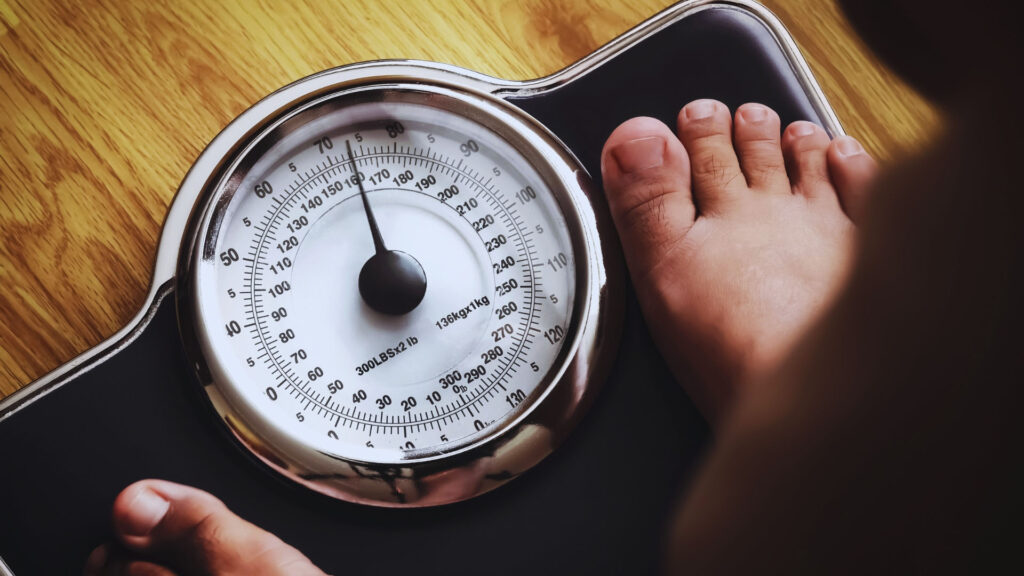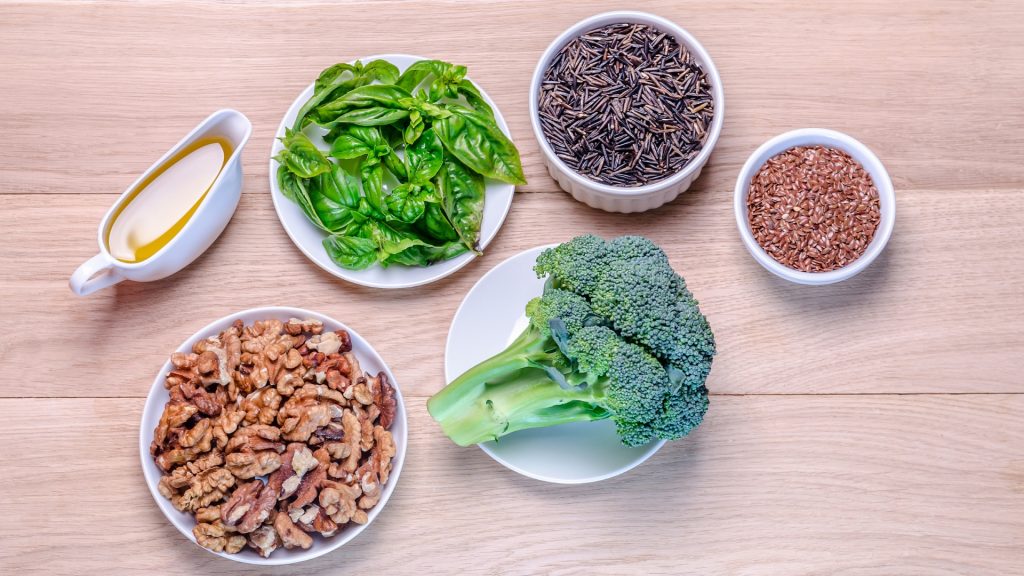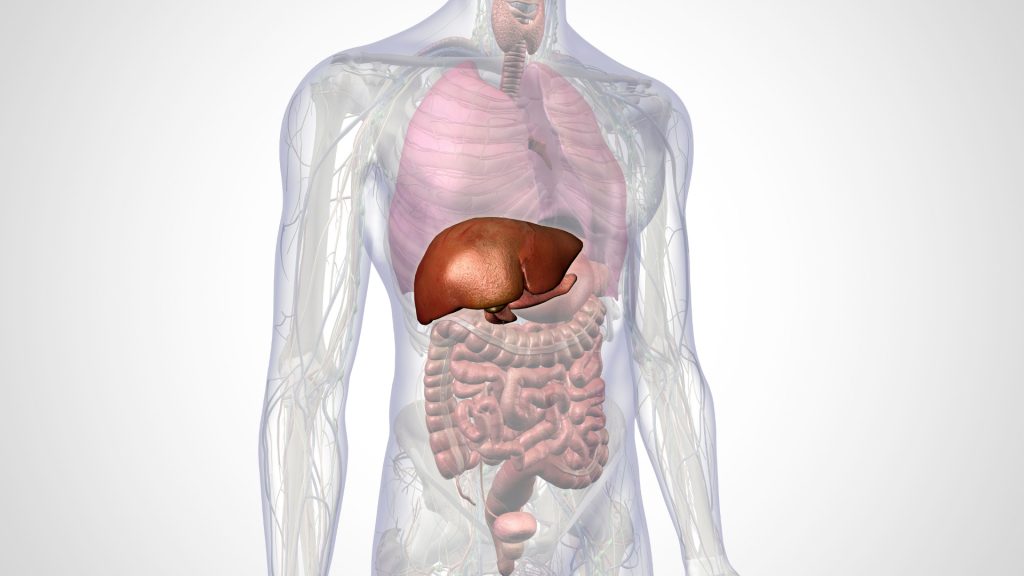Spare tire. Beer belly. Apple shape. Whatever you call it, excess fat around your abdomen is bad news. It is not just because it makes your jeans uncomfortable but rather unhealthy.
All Fat Is Not Equal – The fat that lies just below your skin in most of your body, the kind you can grab with your hands is called subcutaneous fat. In your belly, it’s called visceral fat because it builds up in the spaces between and around your viscera, the internal organs like your stomach and intestines. Since visceral fat lives deep in your belly, it’s not always easy to figure out if you have too much. You can have too much belly fat even with a normal BMI. So pay attention to your waist circumference rather than the number on the weighing scale.

You might have an unhealthy amount of visceral fat if you’re a woman with a waist larger than 35 inches or a man with a waist larger than 40 inches, according to the National Heart, Lung, and Blood Institute.
The Danger of Belly Fat
1. Diabetes – According to research published in the Journal of the American Medical Association, the visceral fat in the belly produces cytokines, which are harmful immune system chemicals that can make cells less sensitive to the blood sugar-regulating effects of insulin, which can bring on diabetes.
2. High blood pressure – The cytokines produced by visceral fat don’t just affect insulin levels. They can also affect cells’ ability to regulate blood pressure. Among the many studies tying belly fat to high blood pressure is research published in April 2017 in the journal Heart that followed more than 10,000 Chinese adults for six years. It found that just a 5 percent increase in weight circumference upped the risk for high blood pressure by 34% for men and 28% for women.
3. Heart Attack – One major study published in the Journal of the American Heart Association, found that adults who carried more weight around their abdomen, were more likely to have a heart attack compared to those who were simply heavier overall. Furthermore, according to another study published by the European Journal of Preventive Cardiology, shows that abdominal obesity increases the risk of a repeat heart attack even when a person is on treatment to reduce other risk factors, such as high blood pressure and high blood sugar.
4. Dementia – Regardless of age, BMI, blood pressure, cholesterol, liver health or other lifestyle factors, one who has high visceral fat which potentially increases inflammation throughout the body.
5. Cancer – One study published in the European Journal of Cancer found that women whose waists were the same circumference as their hips were up to 4 times more likely to develop breast cancer compared to women with smaller waists. Another study found that too much belly fat could double the risk for colorectal cancer.
Dropping belly fat can be a challenge. Here are 7 ways to change things up:

- Skip the fruit juice. All the fat-reducing fibre in the fruit has been removed, leaving only the pure fruit sugars that go straight to your waistline.
- Eat your veggies. They should fill up at least half your plate, at every meal. Choose more non-starchy varieties (think leafy greens, broccoli, and beans) than their carb-filled kin (potatoes, corn, and carrots). Emphasize complex carbohydrates (fruits, vegetables, and whole grains) and lean protein over simple carbohydrates such as white bread, and refined-grain pasta. Replacing saturated fats and trans fats with polyunsaturated fats. Try to stay mindful about every single bite you put in my mouth.
- Go natural. Processed foods are not your friends. When you’re in a rush, it’s easy to overlook the fact that packaged foods are often loaded with trans fats, sugar, and salt. All guaranteed to boost belly fat.
- Bulk up. Do strength training exercises ( exercising with weights ) twice a week. That is on top of at least 30 minutes a day ( or perhaps 60 minutes per day ) for 5 days a week of a moderate- intensity physical activity like walking or biking. Spot exercising, such as doing sit-ups, can tighten abdominal muscles, but it won’t reduce visceral fat.
- Stand up and move. Take short breaks every hour and move your body. Stretch at your desk or take a stroll around the office. Skip the elevator and take the stairs. When you get home, keep the TV off and do something more active.
- Don’t skimp on sleep. Lack of sleep can lead to weight gain, diabetes, and other health problems. 4 or 5 hours a night just isn’t enough. Try to get between 7 – 8 hours of sleep every day.
- Keep your cool. The stress hormone cortisol can override your diet and workouts. When it goes through your body, fat deposits relocate to your belly area. Exercise and meditation can both be great ways to dial down your stress to nontoxic levels.
There’s no magic. You just have to make up your mind to make a change for a healthier you.













